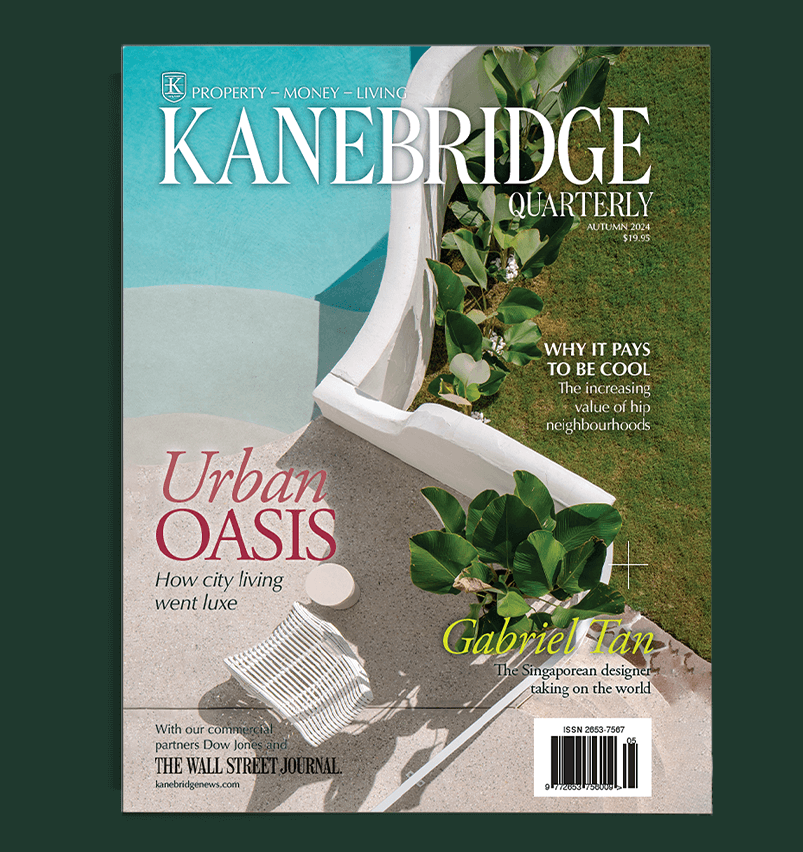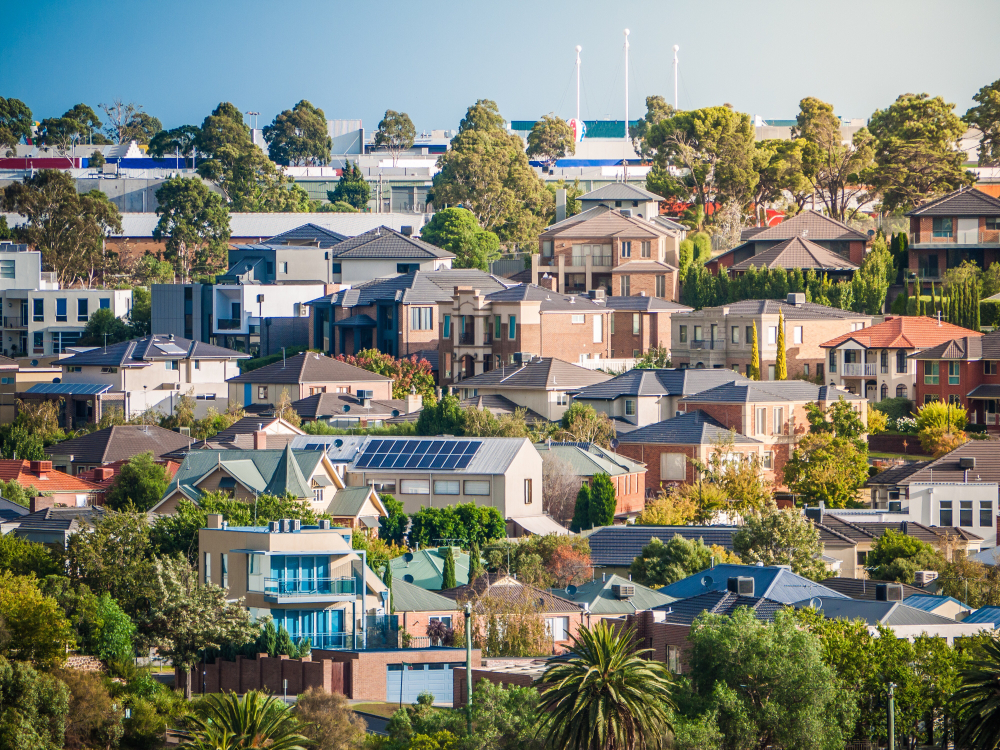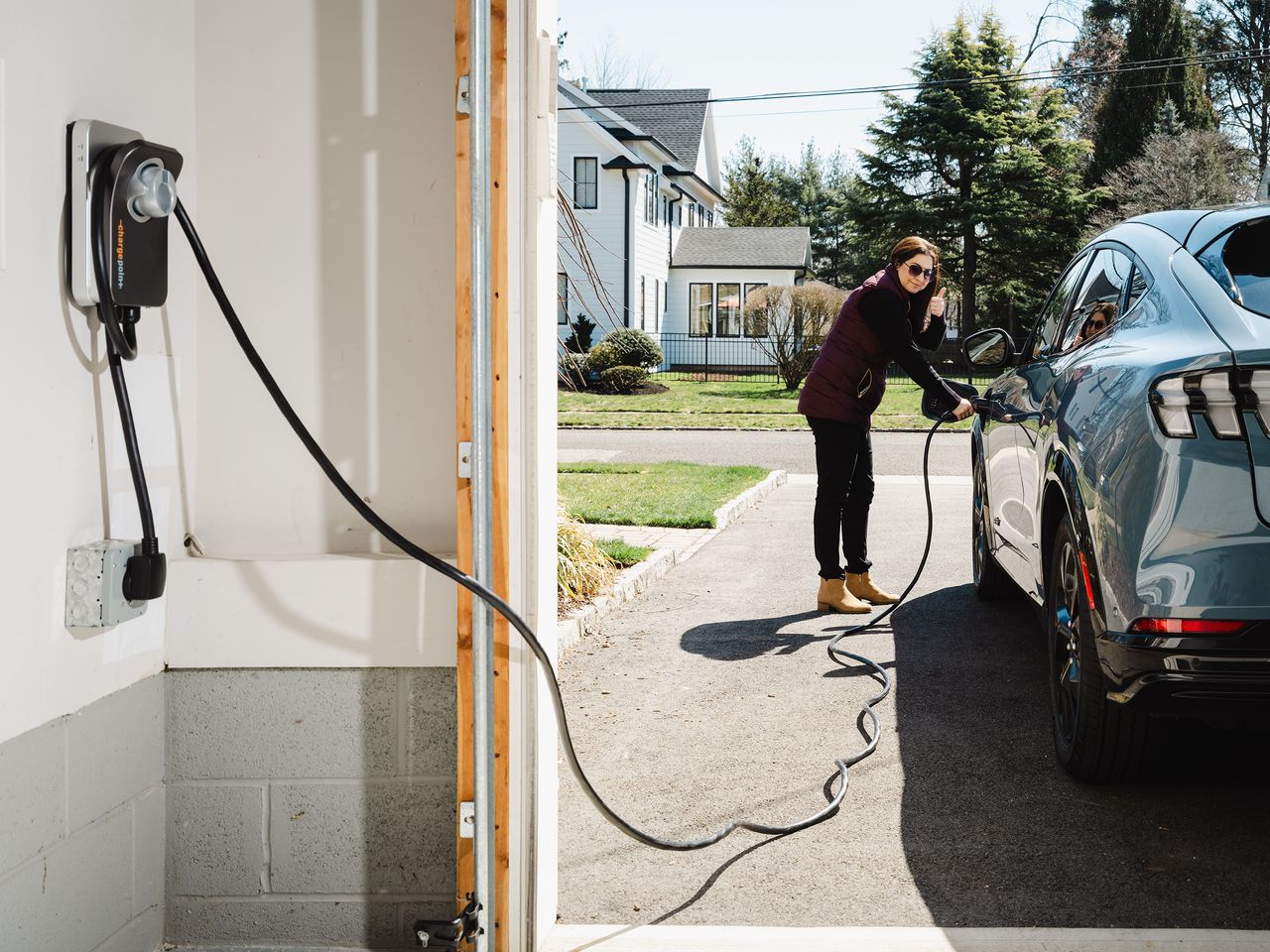Is Private Credit Australia’s New Megatrend?
And what it means for the property market.
OPINION
The modern-day world we are living in is growing increasingly high-tech and fast-paced. Consequently, Investors are faced with much more pressure, decisions, choices, and information than ever before.
Many years ago, investor demi-gods, such as Warren Buffet, at the start of their careers, sent out handwritten letters to listed companies requesting financials and prospectuses, which took weeks to receive.
In today’s efficient markets, where we all have equal access to an abundance of information at our fingertips, new information is instantly distributed and analysed virtually instantaneously by all market participants, thus making it near impossible to gain an advantage over the market.
What techniques are investors turning to today to gain meaningful glimpses of the future with the hope of investing more confidently?
What Is a Megatrend?
Megatrends are long-term trends transforming the way we live, work, and play. The driving forces are caused by macroeconomic changes, technological gains, a shift in migration, and social changes.
To understand the full power of Megatrends, one must look to the past.
A prime example is Bill Gates’ vision that a personal computer could be a powerful tool used by everyday households. Interestingly Gates was not the only visionary with the same idea at the time; the difference was his superior business acumen and the pivot in building the Microsoft operating system to enable this technological transition from concept to reality.
When seeking the insights of Megatrends for success, It is critical to acknowledge that the market is a collective of people, and as a result, markets tend to boom and bust while inevitably moving in traditional cycles.
My favourite Mark Twain once said, “history does not repeat itself, it rhymes.”
It is impossible to predict the timing of the next boom or bust consistently. Still, you can prepare yourself through diversification and understanding that certain asset classes will follow predicted behaviour over time.
So, what are some of the Megatrends that Msquared can see on the horizon being a specialist direct commercial mortgage fund manager?
Interest rates internationally
Indeed, we are living through uncharted territory regarding low-interest rates globally near-zero official interest rates set by most Central Banks globally, primarily to combat the negative economic impacts of COVID -19 now and into the foreseeable future.
In Australia, the Reserve Bank’s primary role is to set official interest to a level to stimulate both consumers and business activity while not allowing for the market to overheat with higher inflation. The bank’s traditional targeted inflation band is 2%-3%. If longer-term inflation increases beyond 3%, interest rates will reluctantly need to increase to place downward pressure on asset values.
That said, with the official cash rate at 0.10% p.a., the by-product of cheap credit has pushed up the value of assets such as real estate and shares, far beyond most expectations, despite being in the middle of one of the most economically challenging times due to the COVID-19 pandemic.
The five and ten-year bond rates are presently sitting at circa 0.63% and 1.18%, respectively. The combination of the most brilliant economists and bond traders believe that the official cash rate over five years may only go up by 0.5% and, possibly, 1.1% over ten years, which is essentially negligible.
The current bond rates infer that we will be operating in a very low-interest environment for a very long time. Accordingly, the expectation is that asset prices will likely keep going up until they become unaffordable or investors stop seeing any value in holding those assets.
Therefore, the Megatrend that we envisage is a continual and gradual yield compression (decrease in returns) for property, shares, and other tradable assets.
The free cash flow from these investments will continue to contract further, making it even harder for investors to generate the appropriate level of income required, especially for SMSF trustees and self-funded retirees.
The main two events that would change this outlook would be higher inflation, thus pressuring Central Banks to increase interest rates sooner, or an out of sequence market correction/crash bringing about loss of confidence due to an unexpected event.
Property
Regular readers will know my view regarding property’s resilience and its contribution to the overall health and stability of the economy.
The Australian love affair with property and homeownership is now at 67%, due to the highest net overseas migration for the period leading up to the COVID-19 outbreak and together with the supply constraints that have been added due to an inefficient planning process. As discussed in my June article, ‘Australia Is The Lucky Country’, Australians are now the wealthiest people per capita globally.
The price gap between units and detached houses has widened to the most significant gap in recorded history.
The Megatrend is that we believe that this will be reversed, however, with a twist. It is our view that the demand and price growth for the luxury, larger apartments that offer superior amenities will not only be highly sought after but will also become the best performing type of property within its asset class.
With baby boomers’ increasing requirements for downsizing accommodation in combination with the proposed restart of skilled affluent migrants coming to Australia at the end of the year, the demand for the high-end luxury apartments segment will only increase.
Australian Private Credit coming into Vogue
Australia, compared to the US, European, and other Asian counterparts, is lagging substantially behind when it comes to these ongoing global Megatrends.
Just over 70% and 46% of all commercial loans are written in the US and Europe by private credit providers, also known as non-bank lenders; In Australia, it is a mere 8%.
This class of investment offers the ability for investors to have ownership of the mortgage, earn more than 6% p.a. while having the security against real property. This investment generates regular income with a proven track record in preserving investor capital in any market cycle and volatile markets.
The investors in US receive returns of circa 3% p.a. due to the maturity and competitive nature of the overseas private credit market. In comparison, this is less than half of what is offered by Msquared for a similar style of investments, as our returns start from 6.50% p.a.
Considering we are operating with the same close to zero interest rate environment globally, this is significant.
We believe that demand from Australian commercial borrowers to have options other than funding through our major banks will continue to grow as reflected by the funding gap, last reported to be over $119b.
Due to ongoing government regulations and interventions, the ability of private credit providers to offer bespoke solutions, ease of capital, service and speed, private credit providers will continue to grow.
Investors are slowly learning the benefits of investing indirect commercial mortgages and seek out these opportunities. Institutional investors weigh their support into the sector both due to the lack of ability to generate consistent regular income from other investment classes and due to recognition of resilient qualities offered by real property, enabling asset preservation within the portfolio.
As the market matures, the appreciation for contributory funds will increase. Savvy investors will seek higher transparency, ethical investment requirement, and a direct line of sight of the underlying security on offer while having the added benefits of superior returns rather than a pooled fund.
Contributory funds allow more control to the investor by having these choices. The function of a contributory fund is that each investment is a separate ring-fenced opportunity, whereas pooled fund, as its name indicates, has many mortgages within one investment vehicle.
The contributory fund places the investor in the driving seat, allowing them to create their personalised unique investment portfolio in this asset class.
The Megatrend is that there will be a structural change on how and who will provide commercial loans in Australia, reflecting the path experienced in the US and European debt markets.
Paul Miron has more than 20 years experience in banking and commercial finance. After rising to senior positions for various Big Four banks, he started his own financial services business in 2004.

This stylish family home combines a classic palette and finishes with a flexible floorplan
Just 55 minutes from Sydney, make this your creative getaway located in the majestic Hawkesbury region.
This may be contributing to continually rising weekly rents
There has been a substantial increase in the number of Australians earning high incomes who are renting their homes instead of owning them, and this may be another element contributing to higher market demand and continually rising rents, according to new research.
The portion of households with an annual income of $140,000 per year (in 2021 dollars), went from 8 percent of the private rental market in 1996 to 24 percent in 2021, according to research by the Australian Housing and Urban Research Institute (AHURI). The AHURI study highlights that longer-term declines in the rate of home ownership in Australia are likely the cause of this trend.
The biggest challenge this creates is the flow-on effect on lower-income households because they may face stronger competition for a limited supply of rental stock, and they also have less capacity to cope with rising rents that look likely to keep going up due to the entrenched undersupply.
The 2024 ANZ CoreLogic Housing Affordability Report notes that weekly rents have been rising strongly since the pandemic and are currently re-accelerating. “Nationally, annual rent growth has lifted from a recent low of 8.1 percent year-on-year in October 2023, to 8.6 percent year-on-year in March 2024,” according to the report. “The re-acceleration was particularly evident in house rents, where annual growth bottomed out at 6.8 percent in the year to September, and rose to 8.4 percent in the year to March 2024.”
Rents are also rising in markets that have experienced recent declines. “In Hobart, rent values saw a downturn of -6 percent between March and October 2023. Since bottoming out in October, rents have now moved 5 percent higher to the end of March, and are just 1 percent off the record highs in March 2023. The Canberra rental market was the only other capital city to see a decline in rents in recent years, where rent values fell -3.8 percent between June 2022 and September 2023. Since then, Canberra rents have risen 3.5 percent, and are 1 percent from the record high.”
The Productivity Commission’s review of the National Housing and Homelessness Agreement points out that high-income earners also have more capacity to relocate to cheaper markets when rents rise, which creates more competition for lower-income households competing for homes in those same areas.
ANZ CoreLogic notes that rents in lower-cost markets have risen the most in recent years, so much so that the portion of earnings that lower-income households have to dedicate to rent has reached a record high 54.3 percent. For middle-income households, it’s 32.2 percent and for high-income households, it’s just 22.9 percent. ‘Housing stress’ has long been defined as requiring more than 30 percent of income to put a roof over your head.
While some high-income households may aspire to own their own homes, rising property values have made that a difficult and long process given the years it takes to save a deposit. ANZ CoreLogic data shows it now takes a median 10.1 years in the capital cities and 9.9 years in regional areas to save a 20 percent deposit to buy a property.
It also takes 48.3 percent of income in the cities and 47.1 percent in the regions to cover mortgage repayments at today’s home loan interest rates, which is far greater than the portion of income required to service rents at a median 30.4 percent in cities and 33.3 percent in the regions.
Consumers are going to gravitate toward applications powered by the buzzy new technology, analyst Michael Wolf predicts
This stylish family home combines a classic palette and finishes with a flexible floorplan



















